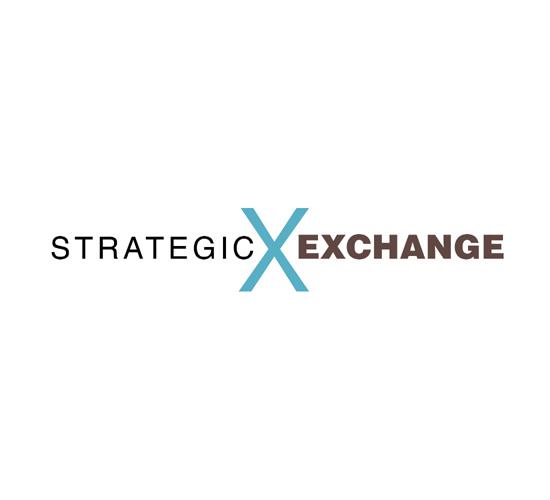Strategic Exchange: Demand continues to outpace supply, driving up home and flooring prices - July 2021
By Kemp Harr
Have you Zillowed your address lately and checked your Zestimate? It’s frightening. How can a house that last year was worth $149 a foot be worth $226 a foot today? How did this happen, and where will it end up?
According to the Case-Shiller Index, U.S. home values jumped 14.6% in April from a year earlier-that’s the steepest jump in 30 years and the 11th straight month that prices accelerated. Experts who are attempting to rationalize this jump are saying the surge is related to the migration from urban apartments to suburban homes or from California to Texas and the Northeast to the Southeast. As we learned in econ class, it’s a classic imbalance of supply and demand. Those looking for a home right now are frustrated, and those that currently own are feeling great. The harsh reality is that if you attempt to cash out, you’ll quickly join the ranks of the frustrated who are stuck bidding in a market with limited supply.
Right before press time, a third price increase for flooring products in this calendar year was being announced. Just as in the real estate example above, demand is greater than supply, which has been impacted by labor issues, freight issues and raw material costs. This is frustrating to many of our readers who feel not only that higher prices will scare off the consumer if flooring costs are deemed too expensive, but also that these costs are not justified and are being driven by greed at the supplier level. But let me assure you that, at this point in time, the products are costing more to make and deliver. Large retailers that keep inventory might be able to delay raising prices as they sell through their cheaper inventory, but the more prudent move is for everyone to move up with the market.
Let’s bear in mind that the consumer doesn’t remember what they paid for a floor the last time they were buying-seven to ten years ago-so keep your perception out of the equation. Granted, those of you who sell to the builder or facility manager have a more astute buyer, but they are paying more for everything, so why should you be the only product that’s not going up?
THE DIXIE GROUP’S DEPARTURE FROM THE COMMERCIAL SECTOR
When you look back on The Dixie Group’s 100-year history, it has completely reinvented itself by changing the markets it serves and the products it sells multiple times: from ladies’ leg coverings to apparel yarns to carpet and rugs and on to hardwood and LVT. And they are still here after over 100 years.
As a self-appointed industry historian, I can get nostalgic about the 44-year Atlas heritage or the 154-year Masland heritage and how sad it is that these brands may no longer have a place in the commercial flooring sector. And there is no denying that, when number seven buys number eight (according to Floor Focus’ June commercial carpet rankings), it’s called industry consolidation. And we’re most likely left with one less brand in the market.
Moving forward, Dixie will be solely focused on the residential flooring market, which today is doing quite well. As one of the few mills that still plans to offer nylon 6,6 fiber in the aftermath of the sale of Stainmaster to Lowe’s, the company is busy shifting its collections to its EnVision-branded fiber, sourced from Universal and Ascend. By exiting the commercial market, it is losing the diversity insulation that comes from servicing separate markets with independent demand curves. But the good news is that for Dixie, at this point in time, its commercial business was a financial drain on its resources.
Privately owned Mannington Commercial gets an expanded range of styling, along with potentially $65 million in additional marketshare and production volume. Its modular carpet tile plant, which was built as a co-venture with J+J, is now whole again with the added volume that will come from the AtlasMasland business-J+J Flooring moved out of that plant soon after it was acquired by Engineered Floors. If all goes well with the transition, Mannington Commercial could move up between Milliken and Tarkett in commercial carpet share.
DALTILE’S STATEMENTS DEALER LOYALTY PROGRAM
In mid-June, I flew down to the Rosewood Resort and Spa outside Cancun, Mexico and was exposed firsthand to an over-the-top loyalty program. Not to gush about the resort, but it’s safe to assume that 99% of the world’s population wouldn’t know a place like that even existed.
Prior to making this trip, I knew about Daltile’s company-owned stores and major market design centers but wasn’t aware the brand recognized the value that independent retailers bring to the mix. Now in its tenth year, Daltile’s Statements program touts just over 250 storefronts across America. The two biggest benefits for the independent members is lead generation and unique merchandising. In fact, at this event, Daltile was launching its new 2.0 store-within-a-store display system, which many of the 175 guests at this meeting were agreeing to purchase.
One of the highlights of the meeting was a presentation on consumer trends that explained what the consumer was buying today and why.
If you have any comments about this month’s column, you can email me at kemp@floorfocus.com.
Copyright 2021 Floor Focus
Related Topics:Mohawk Industries, Mannington Mills, Masland Carpets & Rugs, The Dixie Group, Tarkett, Engineered Floors, LLC, Coverings, Daltile
